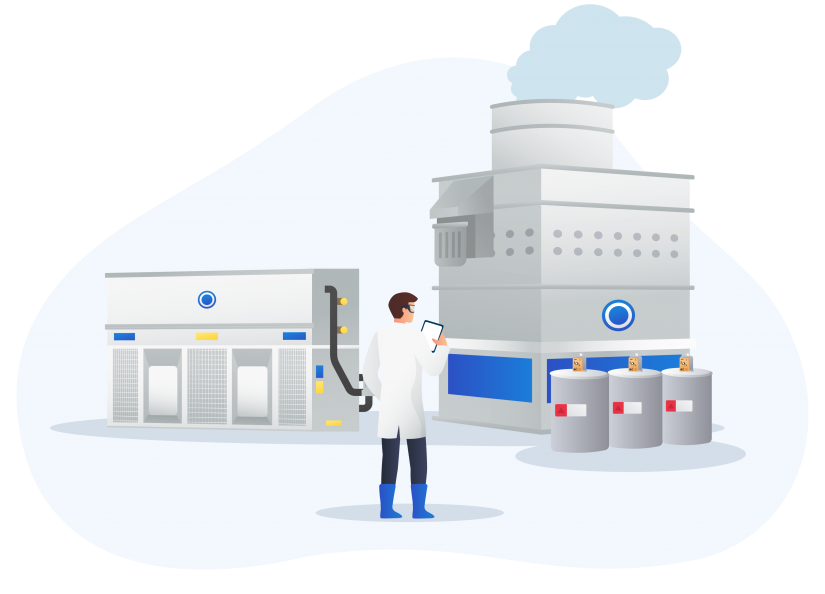Guides and knowledge on cooling water treatment
Bromgard Video We have recently finished the creation of a new video which explains the Bromgard chemistry for complete cooling tower treatment. Bromgard is a 2 part chemistry the first part of which combines a scale & corrosion inhibitor, dispersant and Bromide – a Bromine pre-cursor. Once dosed into the system the second part of…
Feedwater are one of the first laboratories in the UK to offer new qPCR rapid legionella testing. With results available in as quick as 6 hours it is possible to get results on the same day the sample arrives in to the lab.
Feedwater will be hosting it’s next advanced legionella awareness course on Wednesday the 15th of July 2015. The course will be hosted by our very own technical manager Gary Hogben. Feedwater courses are available on request at your location (cost effective for groups) or put on quarterly on site at Feedwater moreton in Merseyside. Feedwater also announced…
Feedwater will be hosting an advanced legionella awareness course on Tuesday the 24th of March 2015. Location: The Wesley Hotel, near Euston station, London (On Thursday the 26th another will be held at Feedwater HQ, Merseyside) The course will be hosted by our very own technical manager Gary Hogben who last year broke his own record by…
Suspended matter in raw water supplies is removed by various methods to provide water suitable for domestic purposes and most industrial uses. The suspended matter can consist of large solids which settle by gravity alone without any external aids and ‘non-settleable’ material often colloidal in nature. Removal is generally by coagulation, flocculation and sedimentation. The…
Feedwater will be hosting it’s next advanced legionella awareness course on Thursday the 26th of March 2015. The course will be hosted by our very own technical manager Gary Hogben who last year broke his own record by performing 44 training days up and down the country. Feedwater courses are available on request at your…
Feedwater have recently launched an online legionella awareness training course, now this is a basic course and should be taken by those with some role in legionella management at their place or work and should not be seen as sufficient training for the responsible person on site, in this case we recommend a day course…
Inefficient heat transfer is often the cause for loss of capacity and unscheduled outage. As mentioned in a previous article, surfaces through which heat passes are called heat transfer surfaces. One example of this is cooling water tube bundles, which take heat from process liquids, hot water or steam. The points at which the heat…
Almost all industrial operations use water in some phase of the manufacturing process. The most common process water applications are for heating and cooling operations. In fact, about 70% of all fresh water used by industry today is for non-contact cooling purposes. Chemical plants, petroleum refineries, metal producing plants, textile mills, paper mills, food, rubber, and practically all…
Corrosion is the reversion of metals to their natural state by oxidation, an electrochemical reaction that causes a loss of the metal structure. The site where corrosion occurs is called a corrosion cell. Corrosion may take a variety of physical forms. General corrosion occurs when corrosion cells are spread broadly across large surface areas; pitting…


